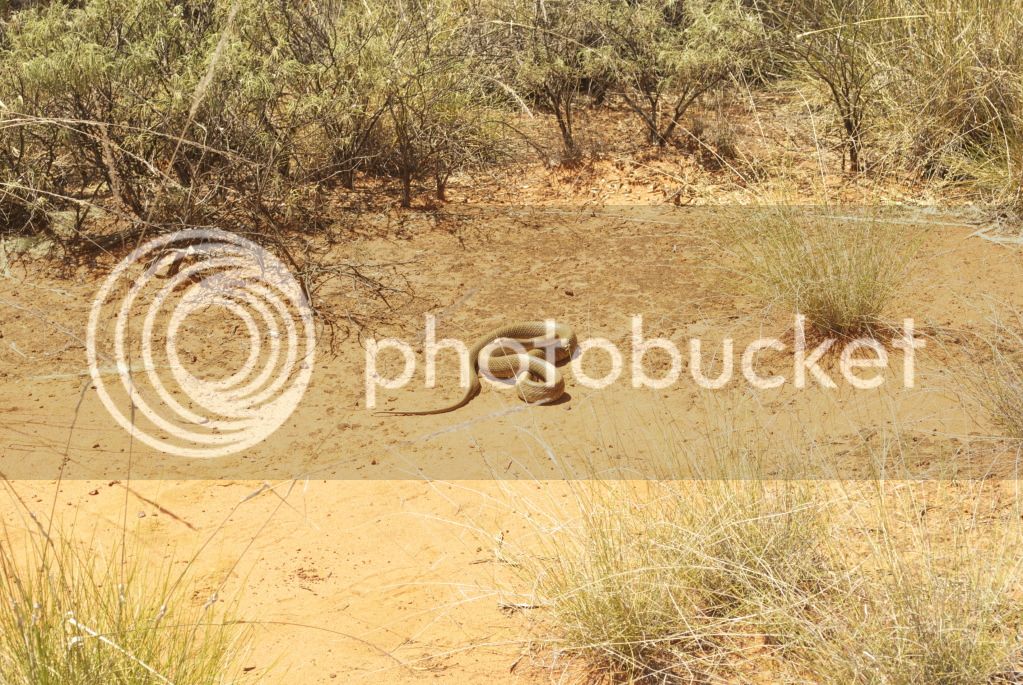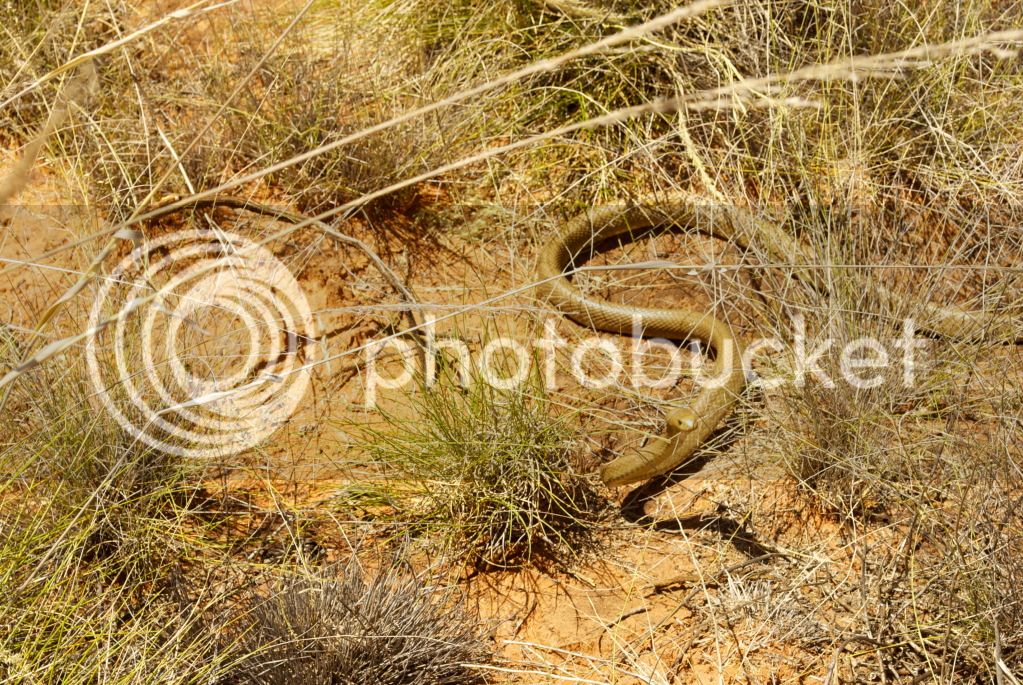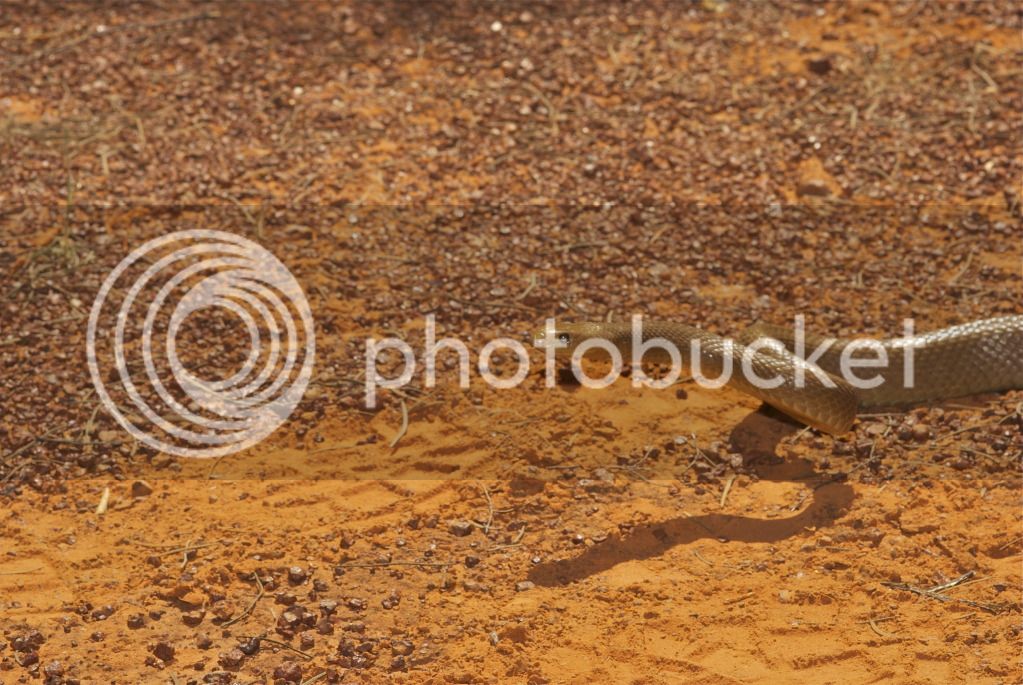in 2006 there was a newly discovered Tipan species called the CENTRAL RANGES TIPAN. these guys are extremely rare... to tell u how rare...only 5 of them have ever been seen and captured.
here is some pics and URL's u can check out if ur interested.




by far the most beautiful and gorgeous snake Ive ever seen in Australia.
some URL's.....
Deadly Central Ranges Taipan Snake found in WA Desert
Rare taipans found in WA's Great Victorian Desert, head to Adelaide Zoo | Perth Now
here is some pics and URL's u can check out if ur interested.




by far the most beautiful and gorgeous snake Ive ever seen in Australia.
some URL's.....
Deadly Central Ranges Taipan Snake found in WA Desert
Rare taipans found in WA's Great Victorian Desert, head to Adelaide Zoo | Perth Now









